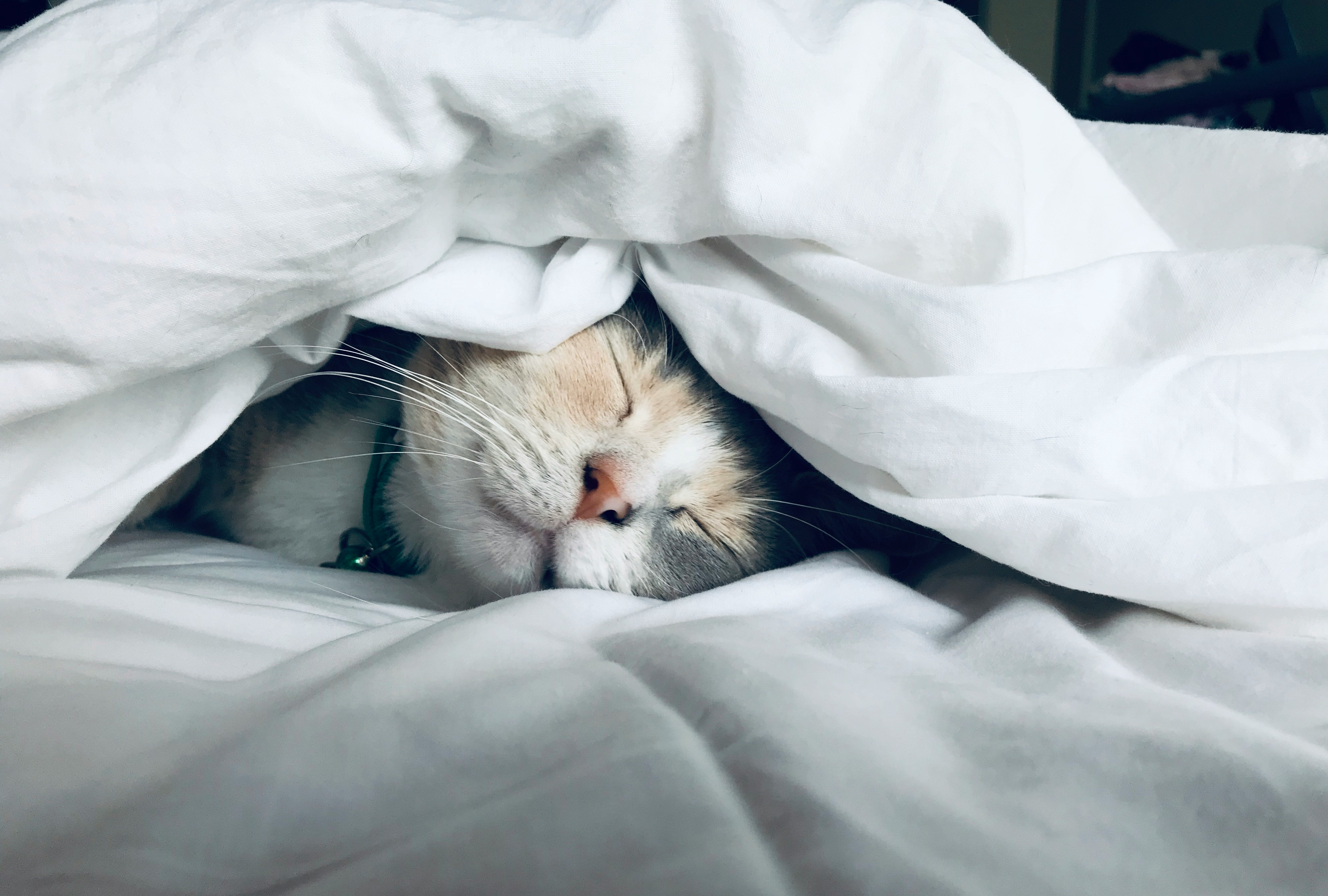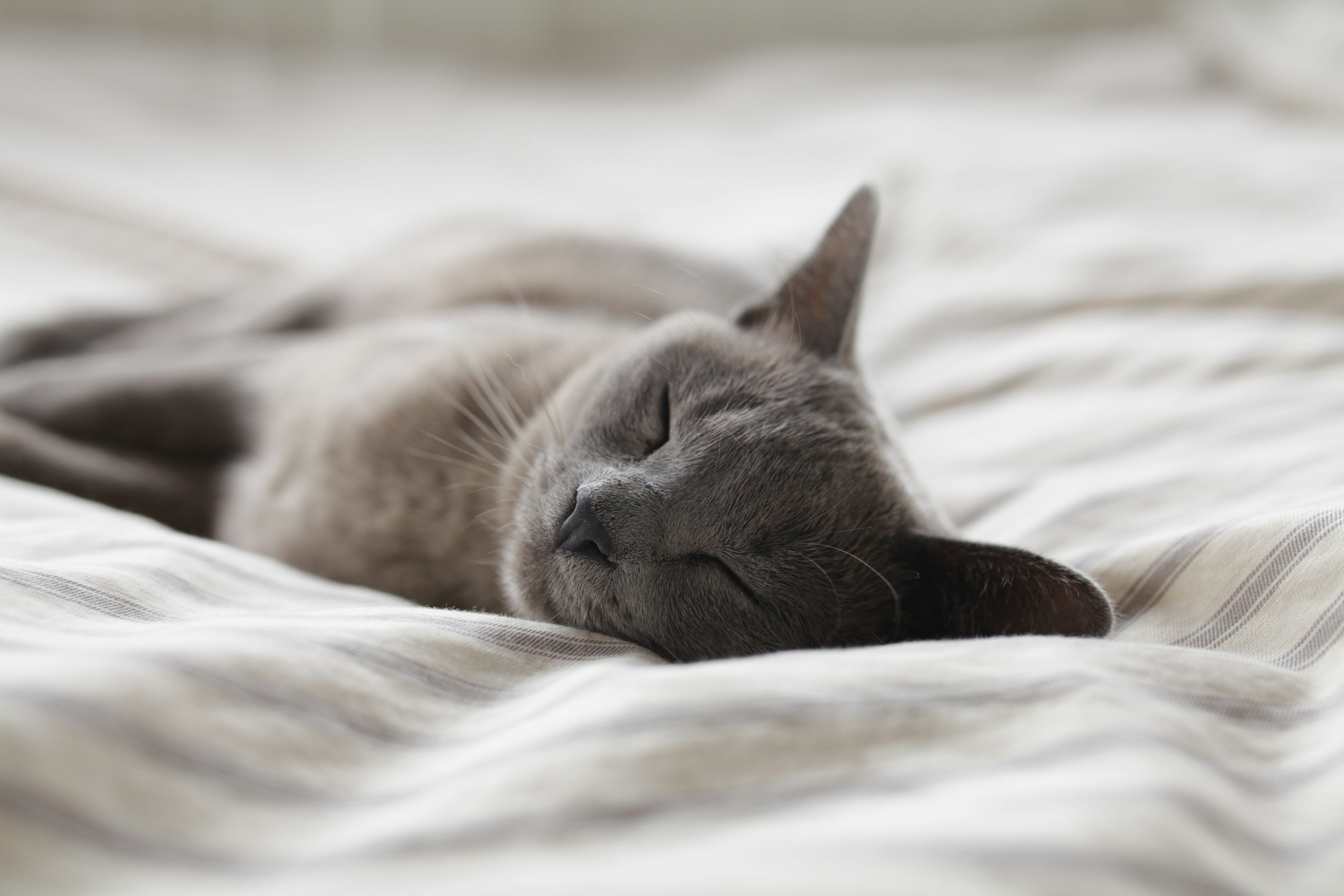How Technology Impacts Sleep Quality

How Technology Impacts Sleep Quality
Introduction
Technology has revolutionized our lives—but at a cost. Excessive screen time, nighttime scrolling, and electromagnetic radiation from devices are major disruptors of natural sleep patterns. This article examines how technology affects sleep and provides practical steps to mitigate its negative effects.
1. Blue Light and Melatonin Suppression
Screens emit blue light , which suppresses melatonin—the hormone that induces sleep. This leads to:
- Delayed sleep onset
- Shallow sleep
- Reduced REM sleep
2. Mental Stimulation
Social media, gaming, or work emails activate the brain’s reward and stress systems, making it harder to wind down.
3. Notifications and Disruptions
Nighttime alerts, buzzing, and screen lighting disturb sleep cycles, especially during light sleep.
4. Impact on Children and Teens
- Shortened total sleep time
- Increased risk of attention and mood disorders
- Reduced academic performance
5. Sleep-Disruptive Technologies
| Device/Tool | Sleep Impact |
|---|---|
| Smartphones | Blue light, mental arousal |
| TVs in bedroom | Disrupts circadian cues |
| Laptops/tablets | Suppresses melatonin |
| Smartwatches | Alert vibrations disturb sleep |
6. Tech Solutions That Can Help Sleep
- Sleep tracking apps : Monitor patterns
- Blue light filters : Enable night mode or use special glasses
- White noise machines : Mask external sounds
- Smart bulbs : Simulate sunrise/sunset cycles
Conclusion
While technology can hurt sleep, it can also help when used wisely. Limiting screen exposure before bed and integrating digital wellness habits can restore sleep quality and protect long-term health.




